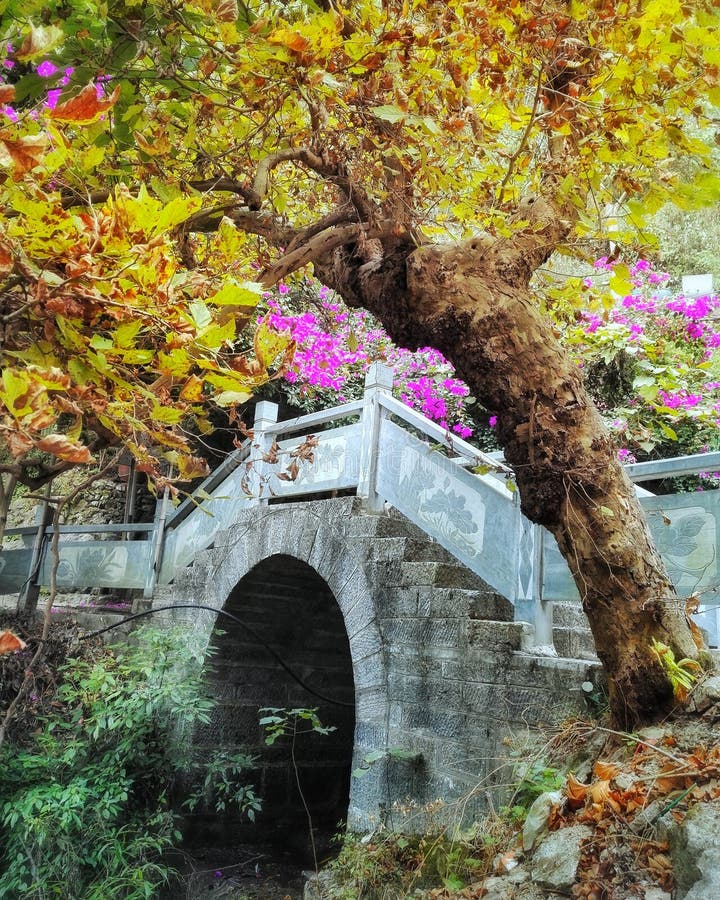

Hours, Directions, and Contact Informationġ02 Portland Ave. There are restaurants, some with outdoor dining, and plenty to do along the way. Help preserve the bridge for the future Improve the structural condition of the bridge Cost. Stone Arch Bridge in Minneapolis Benefits. From there hike back to your starting point. Project letting: Fall 2023 Construction: Spring 2024 through spring 2026 Location. Turn northwest and continue up Main and turn left onto 3rd Avenue (Central Ave Southeast) and cross the 3rd Avenue Bridge. One of our suggested walks includes hiking across the Stone Arch Bridge to Southeast Main Street.

Anthony Falls and the Stone Arch Bridge and is known as the focal point of the Minneapolis Milling District. The park is located on the west bank of the Mississippi River, adjacent to St. The bridge links Mill Ruins Park on the west and Father Hennepin Bluffs Park on the east bank. Anthony Falls, the only waterfall on the entire Mississippi River. Visitors can walk across the bridge to take in the views of St. In 1994, the Stone Arch Bridge was converted into a pedestrian and bike trail. The mills and canals along the river made up the largest direct-drive, water-powered facilities in the world and greatly increased the production of flour. The Mississippi River played a key role in developing the Milling District at the Minneapolis Riverfront. During the 19th-century, flour became what put Minneapolis on the map and was exported around the nation and world. 1, 2001, to celebrate the history of 19th-century ruins that were once mills and powered by St. The Mill City Museum is a great way to learn more, but walking across the Stone Arch Bridge, visiting Mill Ruins Park and the Saint Anthony Visitor Center perched above the lock shouldn't be missed. Visitors can explore the history of flour mills and sawmills that once lined the both the east and west banks of the river and powered their mills with the power of falling water at the falls. For Americans the sound of falling water was also the sound of money. For Native Americans the falls were not only an impediment for traveling the river, but was also a source of mystery. This section of the river has attracted people for thousands of years.


 0 kommentar(er)
0 kommentar(er)
